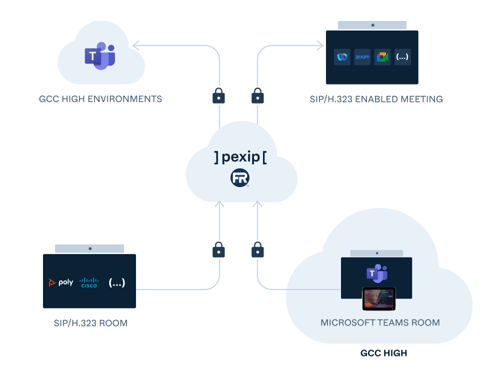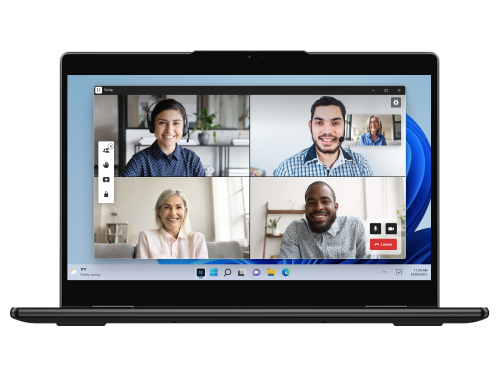As a co-founder of Pexip, I was delighted and humbled to see Pexip named a Visionary in the 2019 Gartner Magic Quadrant for Meeting Solutions. In just seven years, Pexip has grown from an inkling of an idea to a company that supports some of the largest organizations in the world, and today, I’d like to share more about the journey that’s led us here and why we’re well-positioned for the future.
Pexip was created out of a sense of frustration and idealism
We were frustrated by the complexity and expense of video conferencing infrastructure. Video systems were a limited resource and access to communication tools such as virtual meeting rooms (VMRs) was limited -- often by job description or pay band. We wanted to create a world where communication tools would be readily available to anyone who needed them and where they would require no special training on how to use them. After all, why should a user have to remember arcane keypad incantations to mute someone?
The idealism came from a desire to build a working environment that we would want to inhabit. We had the privilege of developing Pexip’s video platform with a blank sheet: no bugs, feature requests, or problems. With our previous experiences in the video conferencing industry, we wanted to build a development environment that would allow us to create a new kind of video conferencing infrastructure designed to be distributed and scalable right from the start.
Defining a better way
With this new kind of infrastructure, for instance, running out of server capacity would not be an error but a normal operation easily handled by overflowing onto more servers. Temporary network outages would be expected and quickly resolved. This new kind of infrastructure would not use the specialist hardware of its predecessors but rather a virtualized environment on industry-standard x86 servers, anticipating the performance improvements that have occurred since then.
In the same way that retrofitting distribution to a software product never really works well, attempting to add a thoroughly automated testing environment as an afterthought is difficult. We started working on our automated test environment before we started work on the product and have maintained that focus throughout the company’s existence.
The proof is in the pudding.
These virtualized infrastructure and continuous testing approaches have been successful countless times over the last few years. As we seek to introduce new features, we have the confidence that we won’t break existing features — our tests will have turned red. When we look back at an existing piece of software and realize that it needs to be replaced, perhaps because of scaling requirements or new functionality, the long-lived mantra of “if it’s not broke, don’t fix it” disappears: we can replace with impunity because we know that we won’t be swamped in a wave of unanticipated bugs.
As we progress with the evolution of Pexip Infinity, we continue to invest in improvements to our test infrastructure. Our customers’ deployments are getting increasingly complicated, and we must remain ahead. New testing challenges will also continue to arise.
We’ve solved issues of monitoring audio and video quality in the presence of recalcitrant networks; now, we are faced with how to automatically verify some of the predictions of our Artificial Intelligence algorithms. We’re solving the same underlying problems in a new solution space. Taking the same methodological approach to these new problems will ensure we are well-placed for the next set of challenges.
This blog post comes on the heels of Pexip being named a Visionary in the 2019 Gartner Magic Quadrant for Meeting Solutions. To access a complimentary copy of the report, please click here.





